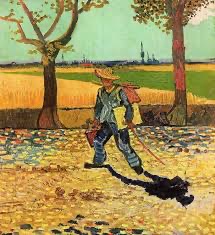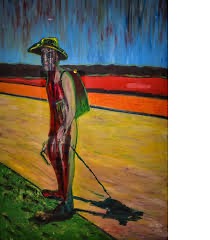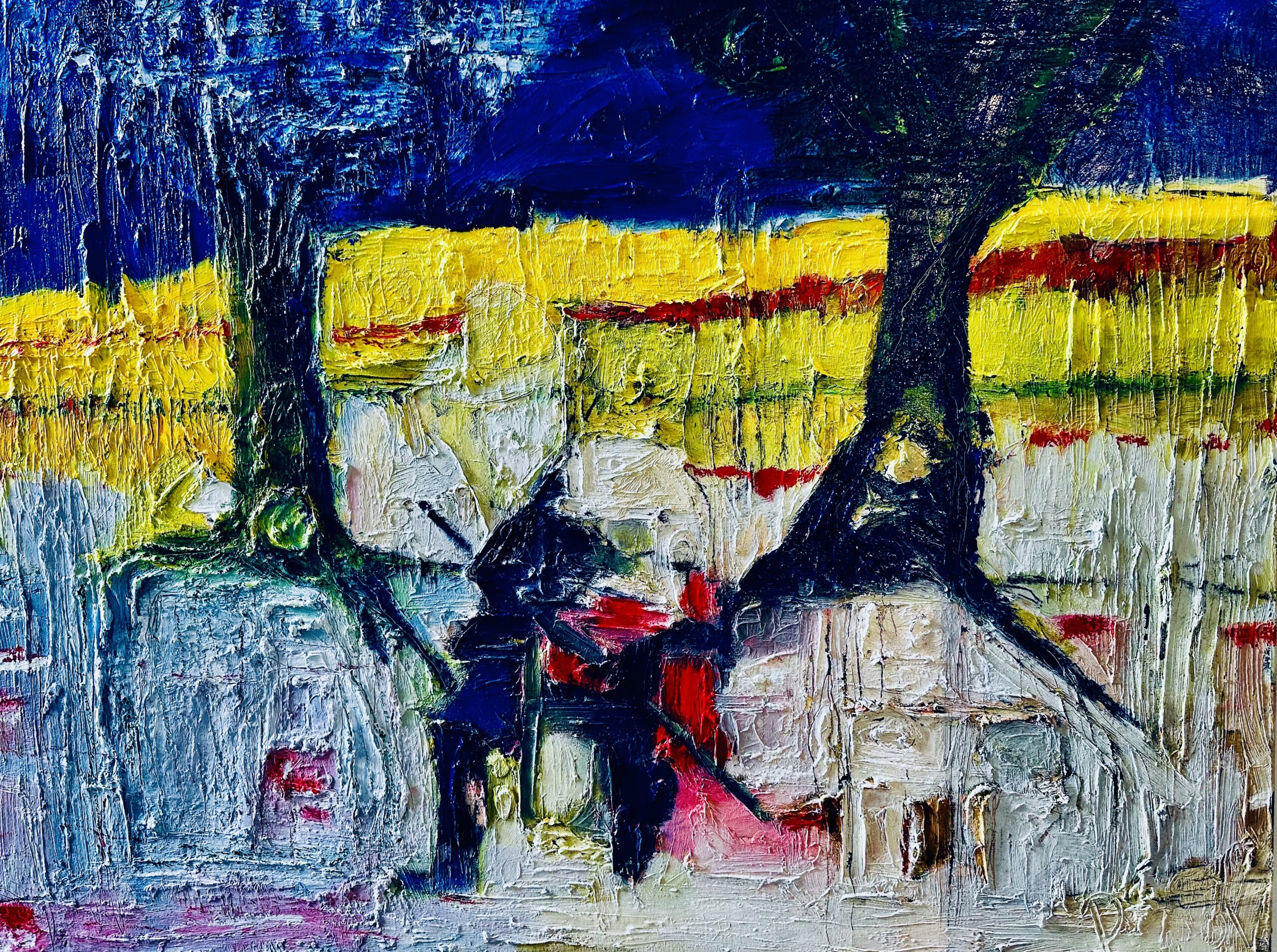 In the annals of art history, few tales are as poignant and shrouded in mystery as the fate of Vincent van Gogh’s “The Painter on the Road to Tarascon” (1888). This masterpiece, emblematic of Van Gogh’s intense exploration of self and landscape, met an uncertain fate during the turmoil of the Second World War. Its disappearance has haunted art historians, collectors, and enthusiasts alike, becoming a symbol of cultural loss and the enduring quest for recovery.
In the annals of art history, few tales are as poignant and shrouded in mystery as the fate of Vincent van Gogh’s “The Painter on the Road to Tarascon” (1888). This masterpiece, emblematic of Van Gogh’s intense exploration of self and landscape, met an uncertain fate during the turmoil of the Second World War. Its disappearance has haunted art historians, collectors, and enthusiasts alike, becoming a symbol of cultural loss and the enduring quest for recovery.
Van Gogh, a titan of post-impressionism, painted “The Painter on the Road to Tarascon” during his prolific period in Arles, France. The painting captures the artist himself en route to Tarascon, laden with his painting gear, embodying the quintessential image of the artist as a wanderer, perpetually searching for motifs that could capture the essence of his turbulent inner world and the vibrant landscape around him. This work is a self-portrait and a narrative of artistic pilgrimage, reflecting Van Gogh’s relentless pursuit of light, colour, and expression.
The backdrop of this painting’s creation is as colourful and complex as its brushstrokes. Tarascon, a locale steeped in literary and cultural significance, mainly through Alphonse Daudet’s “Tartarin de Tarascon,” provided fertile ground for Van Gogh’s imagination. The artist’s correspondence reveals his admiration for Daudet’s work, which he felt was “so fine in colour,” a sentiment that profoundly influenced his depiction of the landscape and his journey.
However, the journey of “The Painter on the Road to Tarascon” took a dark turn with the outbreak of World War II. The painting, believed to have been stored in Magdeburg, Germany, for safekeeping, was reportedly destroyed in a fire towards the war’s end. Yet, the absence of definitive proof of its destruction has fueled speculation and hope among art historians and enthusiasts that it might still exist in an unknown location.
The search for this lost masterpiece has been a topic of intrigue and speculation. Efforts to locate it have included appeals to the public, research into wartime art looting, and investigations into private collections. The painting’s loss is not merely about the physical absence of a work of art; it represents a gap in our understanding of Van Gogh’s artistic journey and the cultural heritage of the era.
In recent years, the narrative of “The Painter on the Road to Tarascon” has taken on new dimensions, with artists like Francis Bacon interpreting Van Gogh’s journey, reflecting the enduring impact of Van Gogh’s work on subsequent generations. These reinterpretations testify to the painting’s significance and the universal quest for meaning and connection through art.
The mystery of “The Painter on the Road to Tarascon” continues to captivate the art world’s imagination. It is a poignant reminder of the fragility of cultural heritage and the resilience of memory and hope in the face of loss. As art historians, we hold onto the belief that this masterpiece may one day resurface, offering new insights into Van Gogh’s oeuvre and the enduring power of art to transcend time and adversity.
Ultimately, the story of “The Painter on the Road to Tarascon” is not just about a missing painting; it’s about the relentless pursuit of beauty, understanding, and the profound connections that art fosters across generations. It is a narrative that continues to unfold, inviting us to look beyond the canvas to the stories beneath.
Willem Boronski, inspired by the story “The Painter on the Road to Tarascon,” created the video “On the Road to Tarascon.” The above story also inspired Boronski’s various other artwork.


